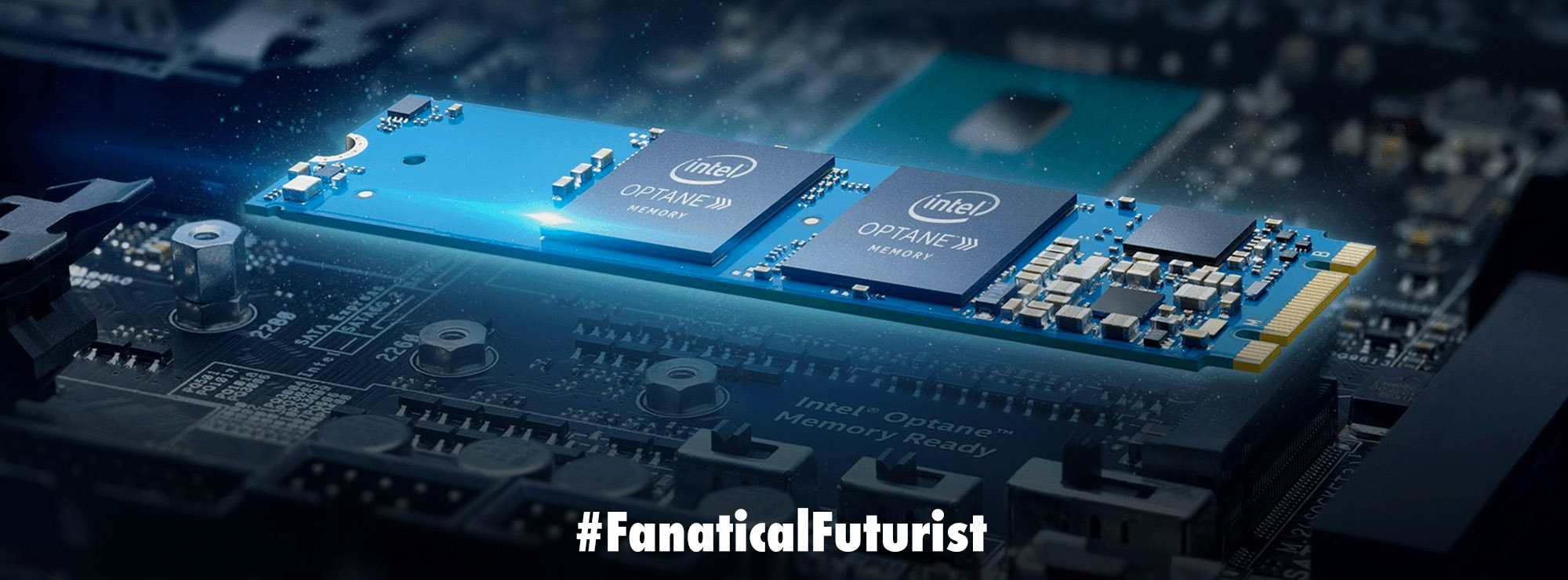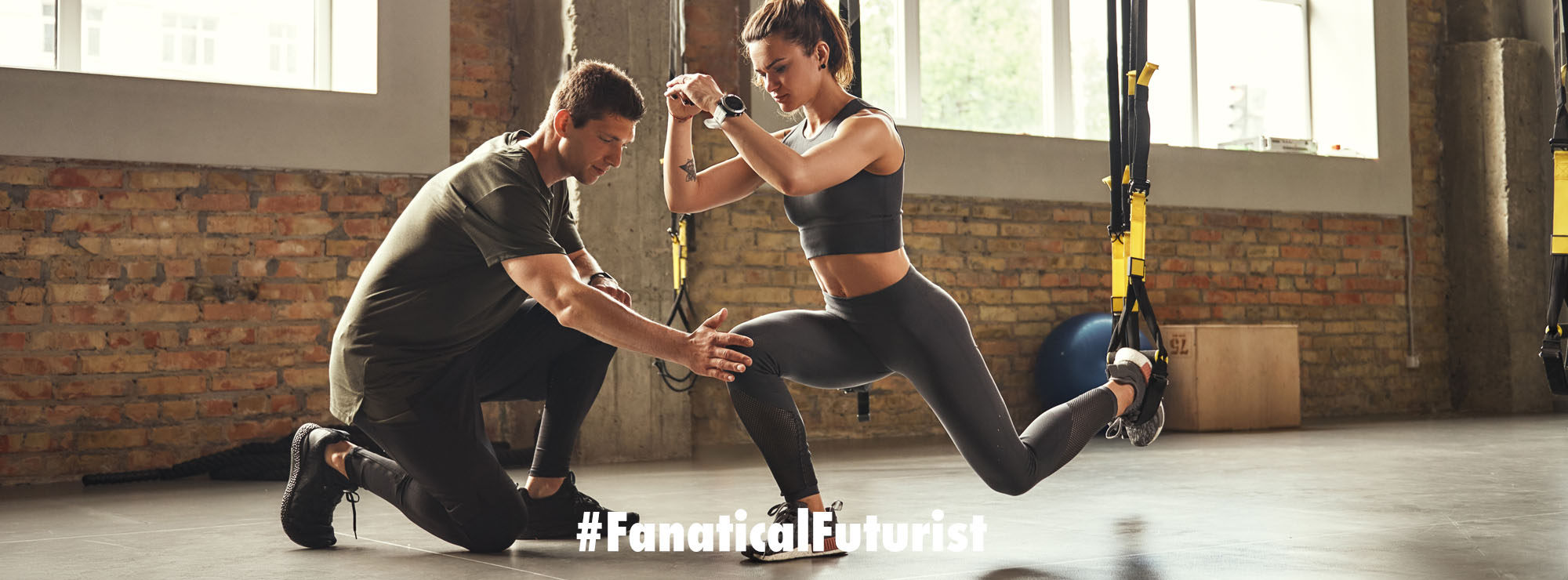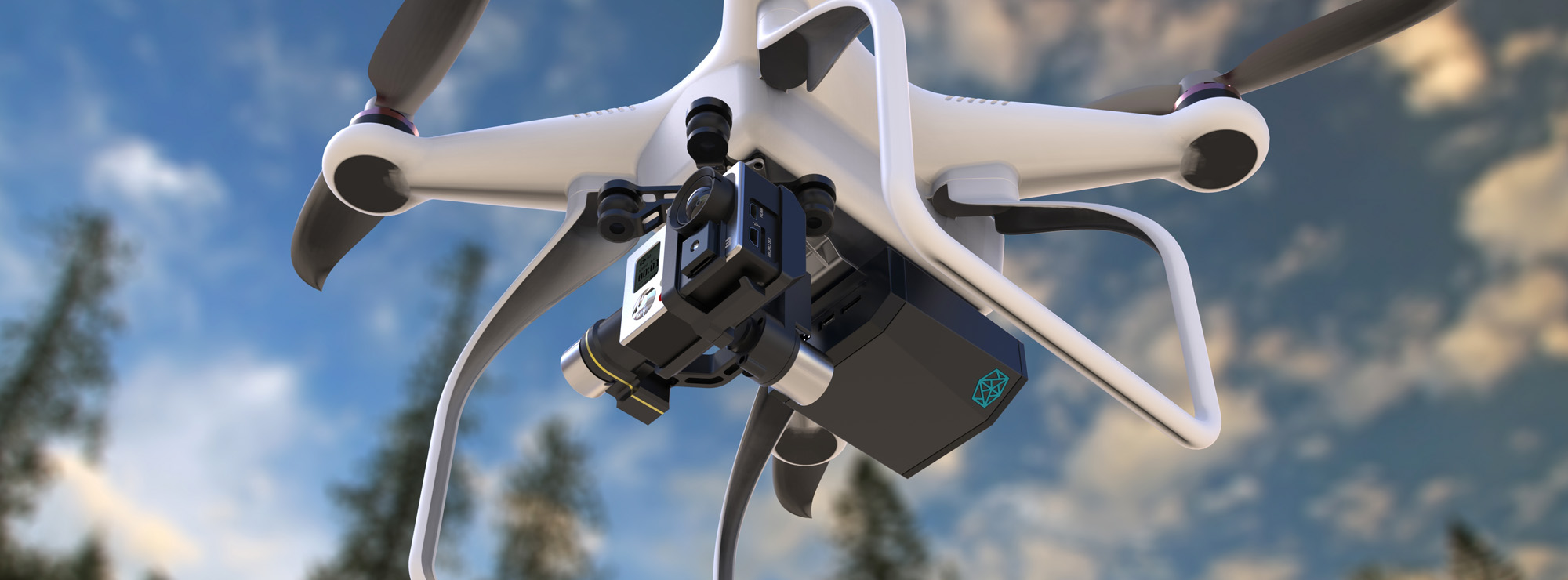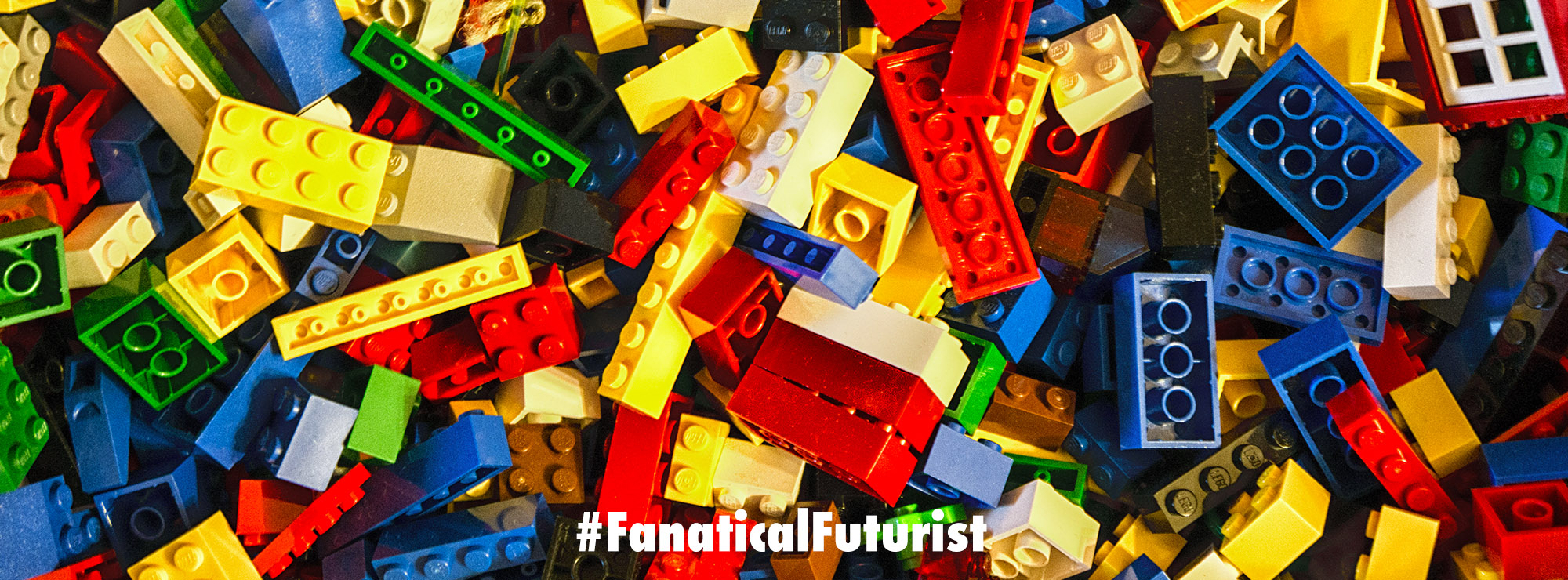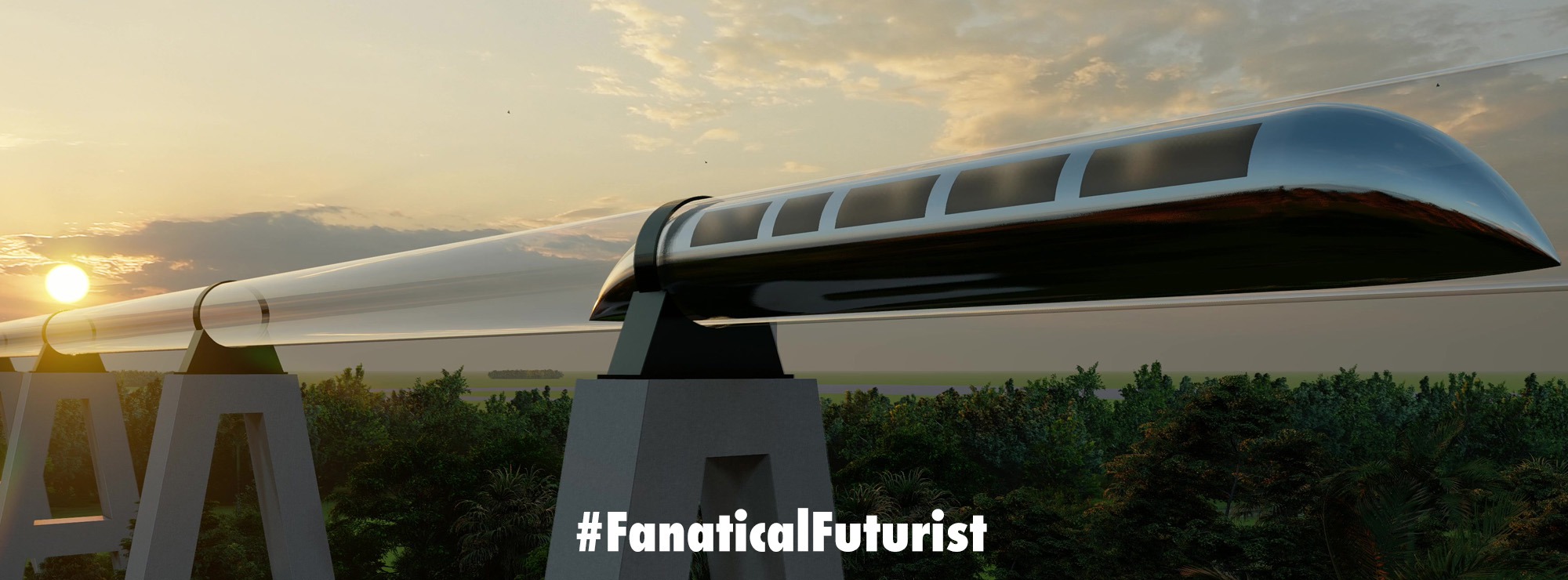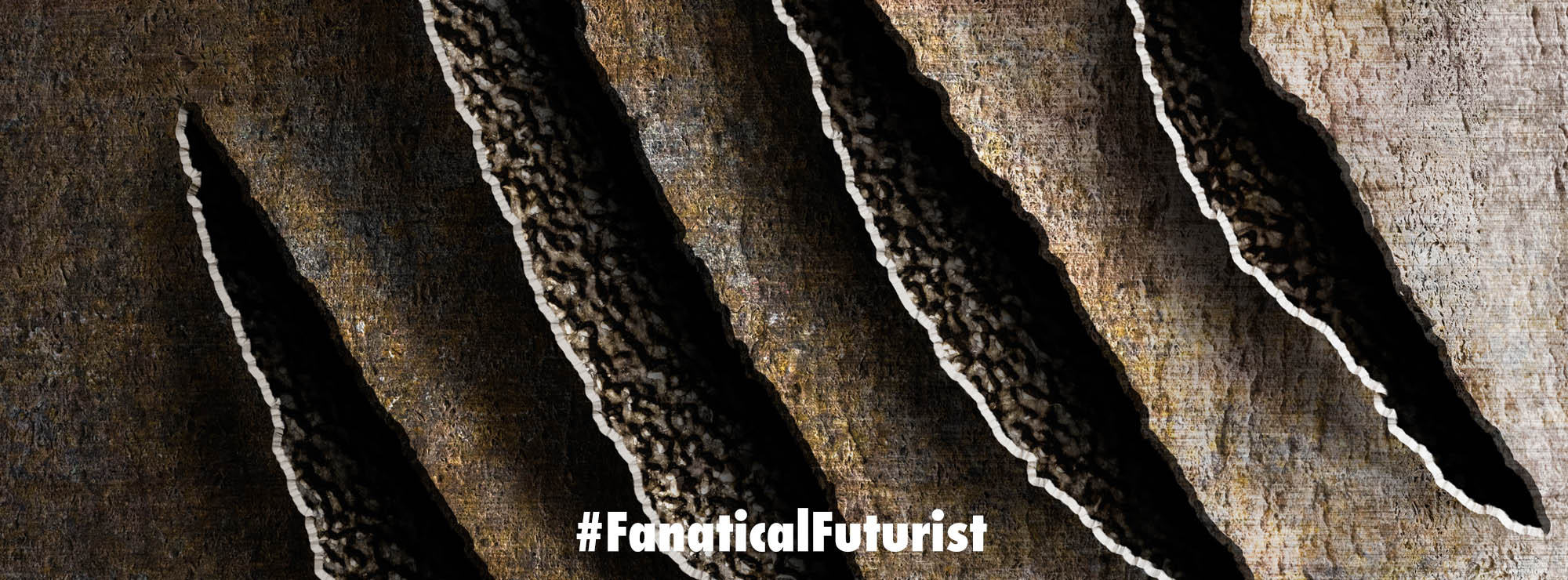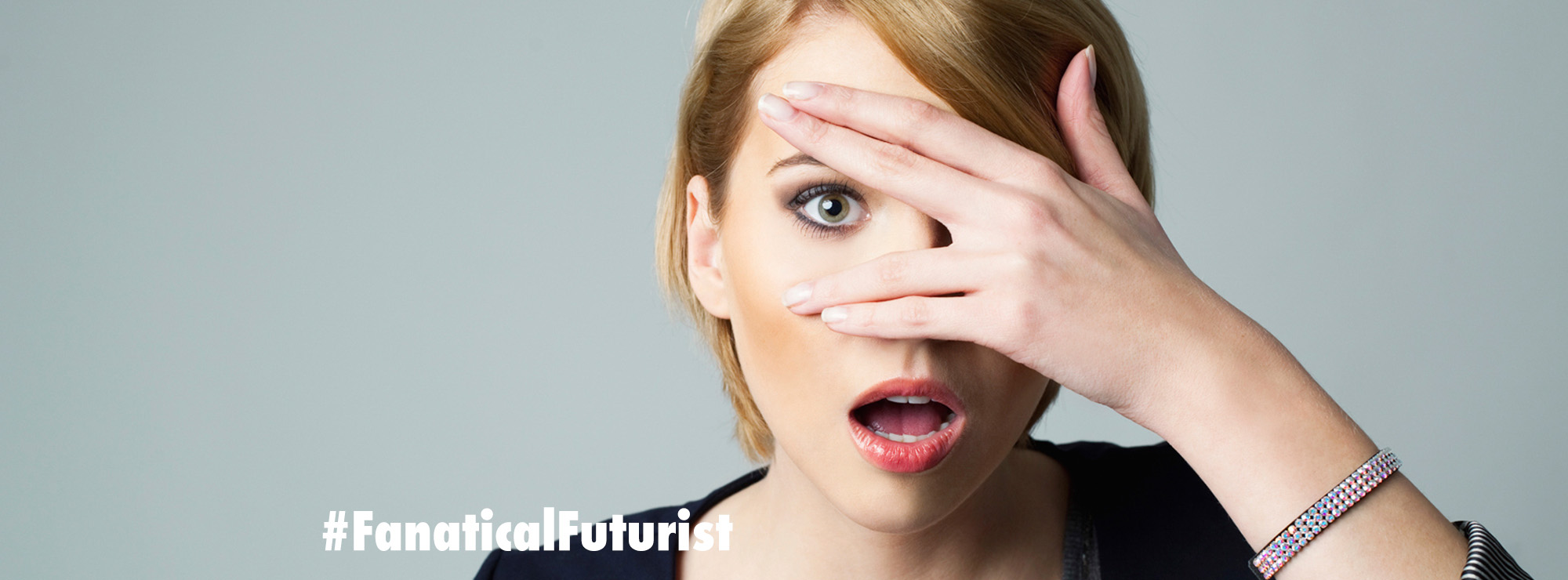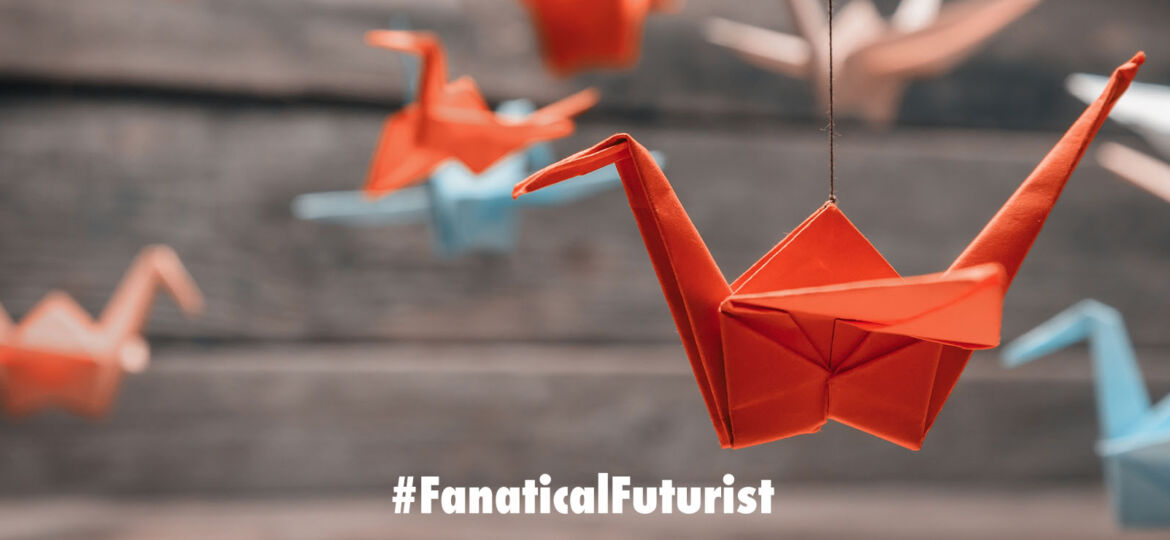
WHY THIS MATTERS IN BRIEF
Being able to fold displays and devices means users can pack more screen into a smaller footprint, which might mean they change the way they use their devices when they’re out of the house.
 Interested in the Exponential Future? Connect, download a free E-Book, watch a keynote, or browse my blog.
Interested in the Exponential Future? Connect, download a free E-Book, watch a keynote, or browse my blog.
Recently Lenovo announced the ThinkPad X1 Fold, a 13-inch tablet PC with a folding OLED screen and an Intel processor, but Intel who supplies Lenovo with chips say they don’t expect it to be a one-off and unveiled their own flexible display concept, with a view toward “providing inspiration for an entirely new category of devices.”
The prototype is called Horseshoe Bend, and the biggest difference between it and the X1 Fold is, well, it’s much bigger. The OLED display is 4:3 and 17.3 inches diagonal when unfolded, which means it feels much closer to a traditional laptop size when you fold it at an angle and use it on a desk. There’s also a Surface-style kickstand so you can make use of the full display size when paired with a wireless keyboard.
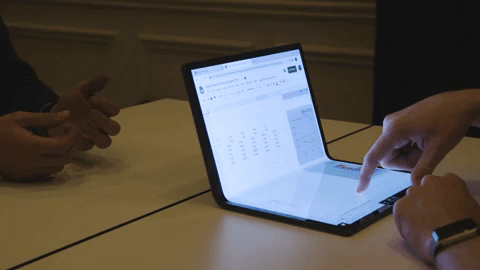
Courtesy: Intel
The most common mode of operation is likely to be somewhat like a laptop where content and UI exists under your fingers as well as in front of your face. Webpages feel like they scroll on forever; you can continue reading an article just by moving your hand away.
Another use case demoed was video editing where you can manipulate the timeline directly where the keyboard would normally be. If you want to play a video full-screen, you can just turn the display around and use the kickstand. If the on-screen keyboard doesn’t do it for you, you can attach a wireless one to the bottom half of the display.
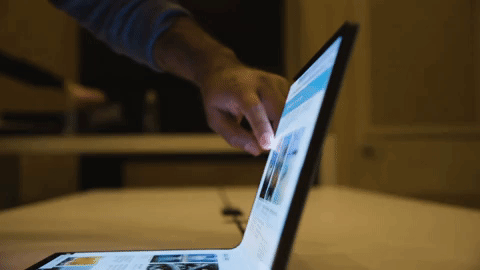
Courtesy: Intel
Horseshoe Bend is built around Intel’s new 10nm Tiger Lake architecture, which is set to ship in laptops later this year. It allows for a 7mm-thick chassis with a 9W TDP and without any active cooling. The device we saw was running regular Windows 10, but Intel expects Microsoft’s upcoming Windows 10X to be a good fit for the category later on.
Compared to the X1 Fold, Horseshoe Bend obviously doesn’t have the fit and finish of a shipping device, but with its thinner bezels and slimmer profile, in some ways, it does feel sleeker. Of course, there’s also something to be said for putting a much bigger slice of OLED in front of you.
Unfortunately, Intel wouldn’t let anyone fully fold the screen which suggests that they’re maybe nervous about the durability of their new baby but that asides Intel really does seem to be pushing this form factor, and the company say they expect to be working with several manufacturers to help develop more folding devices in the not-too-distant future.



